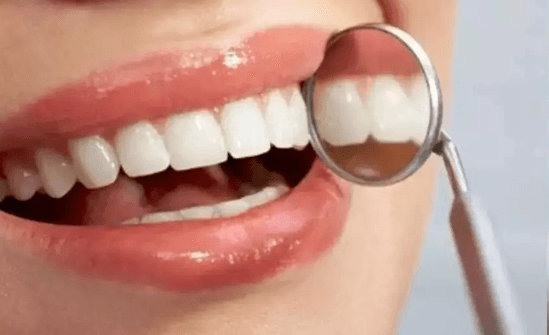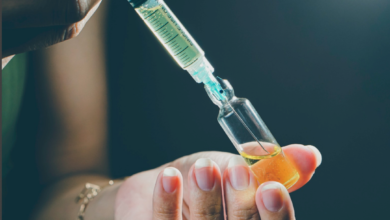Advantages of Using Dental Composite Materials in Modern Dentistry

Dental composite materials have revolutionised modern dentistry. These materials, typically composed of a resin matrix and a filler, offer a versatile solution for various dental procedures. These resins are used for fillings, veneers, inlays, and crowns, providing an aesthetic and functional alternative to traditional materials like amalgam.
As dentistry evolves, dental composites’ advantages continue to make them a popular choice among dentists and patients. The need remains to select the perfect material offered by brands such as Piksters dental composites materials.
Aesthetic Appeal
One of the most significant advantages of dental composite materials is their aesthetic appeal. Unlike amalgam fillings, which are metallic and highly noticeable, composite resins can be colour-matched to the natural shade of the patient’s teeth. This ability to blend seamlessly with natural tooth enamel makes them ideal for visible areas, ensuring that dental work remains inconspicuous. Patients can smile confidently, knowing their dental restorations look natural and attractive.
Minimally Invasive Procedures
These composite materials facilitate minimally invasive procedures. Unlike traditional amalgam fillings, which require significant removal of healthy tooth structures to create retention, composites bond directly to the tooth. This bonding capability allows dentists to preserve more of the natural tooth during restoration. By maintaining the integrity of the tooth structure, composites contribute to the long-term health and strength of the tooth, promoting better oral health outcomes.
Versatility in Use
Another significant advantage of dental materials is their versatility. They can be used for various procedures, from filling cavities to repairing chipped or cracked teeth. Composites are also used for cosmetic enhancements, such as closing gaps between teeth or reshaping discoloured or misshapen teeth. This versatility makes them a valuable tool in restorative and cosmetic dentistry, providing comprehensive solutions for various issues.
Durability and Longevity
Advancements in these materials have significantly improved their durability and longevity. Modern materials are highly resistant to wear and tear, making them suitable for front and back teeth. When properly cared for, composite restorations can last many years, providing a durable solution for repairs. This durability means fewer replacements and repairs over time, making it a cost-effective choice for patients.
Quick and Efficient Application
The application process for dental composites is relatively quick and efficient, which benefits both the dentist and the patient. Its restorations can typically be completed in a single visit, reducing patients’ time in the dental chair. The material is applied in layers, each cured with a special light, allowing for precise control over the shape and contour of the restoration. This efficiency improves patient comfort and satisfaction.
Biocompatibility
Dental composite materials are biocompatible, meaning they are safe to use in the mouth without causing adverse reactions. This biocompatibility is crucial for patient safety, as it minimises the risk of allergic reactions or sensitivity. Additionally, they do not contain mercury, which is a concern with amalgam fillings. The absence of mercury makes it a healthier choice for patients worried about potential health risks associated with traditional materials.
Enhanced Adhesion and Bonding
Dental composite materials’ enhanced adhesion and bonding properties contribute to their effectiveness. Its ability to bond securely to the tooth structure reduces the risk of leaks and secondary decay, which can compromise the integrity of the restoration. This strong bond also provides additional strength to the restored tooth, helping to prevent fractures and other damage. Adequate bonding is essential for the longevity and success of these restorations.
Cost-Effectiveness
While the initial cost of composite materials may be higher than amalgam, their long-term benefits make them cost-effective. The durability and longevity of these restorations mean fewer replacements and repairs over time, reducing overall expenses. Additionally, preserving more natural tooth structures can prevent the need for more extensive and costly procedures in the future, offering significant savings for patients.
The advantages of using dental composite materials offered by brands, such as Piksters dental composite materials, in modern dentistry are numerous and compelling. Their aesthetic appeal, versatility, durability, and biocompatibility make them an excellent choice for various procedures.





